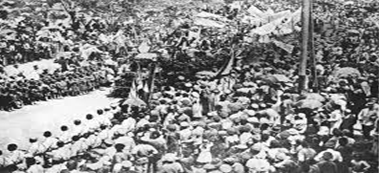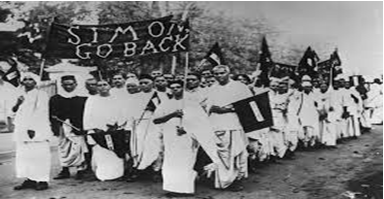Government of India act,1919 or Montigo-Chlemsford Act,1919:
- Three Indians can become minister or executive
- Separate electorate for Sikhs,christans.
- Introduction of provincial diarchy which means whole India divided between centre and provinces(states),but the final power vested in centre.
Rowlatt Act:
- In 1917 a Rowlatt committee was formed under Justice Rowlatt. This committee was formed to curb revolutionary activities. The Rowlatt Bill sought to curtail the liberty of the people.
- The act was passed in the year 1919.
- It provided for speedy trial of offences by a special court of 3 High court judges. There was to be no appeal.
- Rowlatt act was repealed by British in 1922.
Non cooperation Movement:

- After the Jalianwala case and the Rowlatt act, Mahatma Gandhi started non-cooperation movement. The resolution for this movement was passed in 1920 by a specially called session under the president ship of Lala Lajpat Rai.
- Main objective of non-cooperation was to establish Indian institutes, Industries, women upliftment , Hindu and Muslim Unity along with boycotting British goods.
- Ravindernath Tagore returned his title of knighthood to Britishers. Gandhi also inspired from him and returned Keshriya hind medal given to him by Britishers.
- Mob of people at Chauri Chaura (near Gorakhpur) clashed with the police and burnt 22 policemen on 5th February,1922.
- This compelled Gandhiji to withdraw the Non Cooperation Movement on 12th February, 1922.
Simon Commission:

- In 1927, the British government appointed a Commission to look into the working of the Government of India Act, 1919.
- Indian leaders opposed the Commission as there were no Indian in it and the Congress turned the boycott into a movement.
- Lala Lajpat Rai was severely beaten in lathi charge and he succumbed to his injuries while doing protest.
AffairsCloud Recommends Oliveboard Mock Test
AffairsCloud Ebook - Support Us to Grow
Govt Jobs by Category
Bank Jobs Notification




